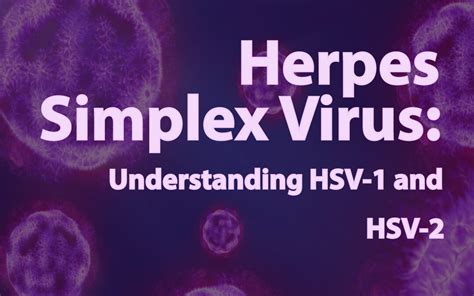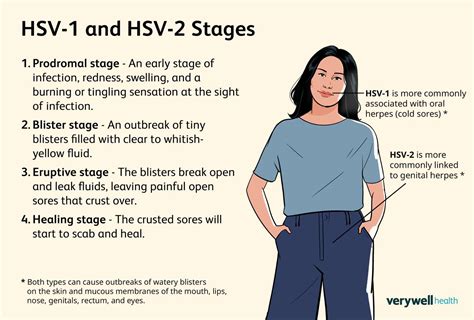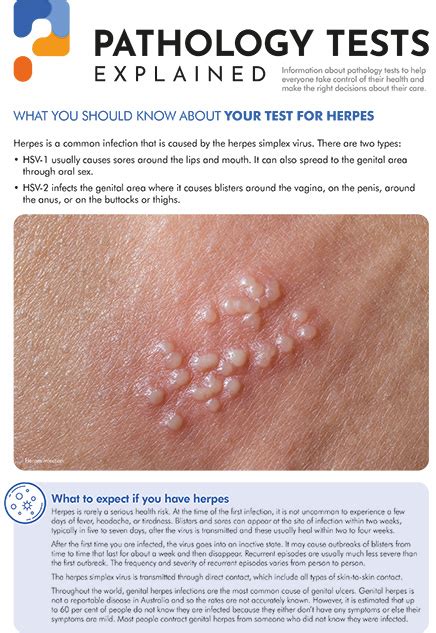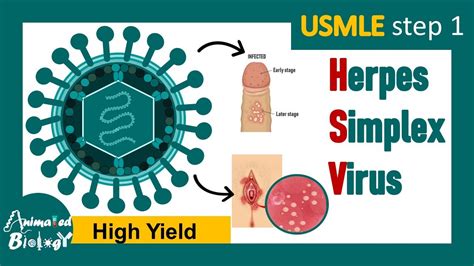Intro
Discover 5 essential tips for testing HSV1 and HSV2, including herpes diagnosis, symptoms, and treatment options, to help manage genital herpes and cold sores effectively.
The importance of understanding and managing herpes simplex viruses, particularly HSV-1 and HSV-2, cannot be overstated. These viruses are highly prevalent and can cause a range of symptoms, from mild to severe. For individuals who are concerned about their health and well-being, it is crucial to be informed about the best practices for testing and managing these infections. In this article, we will delve into the world of HSV-1 and HSV-2, exploring the key aspects of these viruses and providing valuable insights into the testing process.
Herpes simplex viruses are a significant public health concern, with millions of people worldwide infected with either HSV-1, HSV-2, or both. While these viruses can cause uncomfortable and sometimes painful symptoms, the good news is that there are effective ways to manage and treat them. By understanding the differences between HSV-1 and HSV-2, individuals can take the first step towards protecting their health and reducing the risk of transmission to others.
The impact of HSV-1 and HSV-2 on daily life can be significant, affecting not only physical health but also emotional and social well-being. For this reason, it is essential to approach the topic with sensitivity and compassion, recognizing that individuals who are infected with these viruses are not alone and that there is support available. By fostering a culture of awareness and understanding, we can work towards reducing stigma and promoting a more open and honest dialogue about sexual health.
Understanding HSV-1 and HSV-2

To effectively manage and prevent the spread of HSV-1 and HSV-2, it is vital to understand the differences between these two viruses. HSV-1 is commonly associated with oral herpes, causing cold sores or fever blisters around the mouth. On the other hand, HSV-2 is primarily linked to genital herpes, leading to sores or blisters in the genital area. While both viruses can be transmitted through skin-to-skin contact, the mode of transmission and the symptoms can vary significantly.
Key Differences Between HSV-1 and HSV-2
HSV-1 and HSV-2 have distinct characteristics that set them apart. For instance: * HSV-1 is more commonly found in the general population, with approximately 67% of people under the age of 50 infected worldwide. * HSV-2, on the other hand, is less prevalent, affecting around 11% of individuals aged 15-49 globally. * The symptoms of HSV-1 tend to be milder, with many people experiencing no symptoms at all or only mild symptoms. * In contrast, HSV-2 can cause more severe symptoms, including painful sores or blisters, itching, and burning sensations.Testing for HSV-1 and HSV-2

Testing for HSV-1 and HSV-2 is a critical step in managing and preventing the spread of these viruses. There are several types of tests available, including:
- Viral culture: This involves taking a sample from the affected area and attempting to grow the virus in a laboratory.
- PCR (polymerase chain reaction): This test detects the genetic material of the virus and is highly sensitive.
- Blood tests: These tests can detect the presence of antibodies against HSV-1 and HSV-2, indicating a current or past infection.
Benefits of Testing
Testing for HSV-1 and HSV-2 offers several benefits, including: * Early detection and treatment: Identifying the infection early on can help reduce the severity of symptoms and prevent complications. * Reduced risk of transmission: By knowing their status, individuals can take steps to reduce the risk of transmitting the virus to others. * Peace of mind: Testing can provide reassurance and help alleviate anxiety and uncertainty.5 Tips for Testing HSV-1 and HSV-2

When it comes to testing for HSV-1 and HSV-2, there are several tips to keep in mind:
- Choose the right test: Select a test that is suitable for your needs and provides accurate results. Consult with a healthcare professional to determine the best testing option.
- Understand the testing process: Familiarize yourself with the testing procedure, including any preparation required and what to expect during the test.
- Get tested regularly: Regular testing can help detect any changes in your status and ensure early treatment if necessary.
- Practice safe sex: Using protection, such as condoms, can significantly reduce the risk of transmitting HSV-1 and HSV-2.
- Seek support: If you test positive, don't hesitate to reach out to a healthcare professional or support group for guidance and reassurance.
Additional Considerations
When testing for HSV-1 and HSV-2, it's essential to consider the following: * **Window period**: The window period refers to the time between exposure to the virus and when the test can detect the infection. This can vary depending on the type of test and individual factors. * **False negatives**: In some cases, test results may be false negatives, meaning the test does not detect the infection when it is present. This can occur if the test is taken too early or if the virus is not active. * **Follow-up testing**: If you test positive, follow-up testing may be necessary to monitor the infection and adjust treatment as needed.Managing and Treating HSV-1 and HSV-2

While there is no cure for HSV-1 and HSV-2, there are effective treatments available to manage symptoms and reduce the risk of transmission. Antiviral medications, such as acyclovir and valacyclovir, can help alleviate symptoms and shorten the duration of outbreaks.
Lifestyle Changes
In addition to medical treatment, making lifestyle changes can help manage HSV-1 and HSV-2: * **Stress management**: High stress levels can trigger outbreaks. Engaging in stress-reducing activities, such as meditation or yoga, can help mitigate this risk. * **Healthy diet**: Eating a balanced diet rich in fruits, vegetables, and whole grains can help support immune function and reduce the severity of symptoms. * **Safe sex practices**: Using protection and practicing safe sex can significantly reduce the risk of transmitting HSV-1 and HSV-2.Conclusion and Next Steps

In conclusion, understanding and managing HSV-1 and HSV-2 requires a comprehensive approach that includes testing, treatment, and lifestyle changes. By being informed and proactive, individuals can take control of their health and reduce the risk of transmission to others. Remember, testing is a crucial step in managing these infections, and seeking support from healthcare professionals and support groups can make a significant difference.
We invite you to share your thoughts and experiences with us. Have you been tested for HSV-1 and HSV-2? What were your results, and how have you managed your infection? Your stories and insights can help others who may be going through similar experiences. Please feel free to comment below, and let's work together to create a supportive community that promotes awareness and understanding of these important health issues.
What are the most common symptoms of HSV-1 and HSV-2?
+The most common symptoms of HSV-1 include cold sores or fever blisters around the mouth, while HSV-2 typically causes sores or blisters in the genital area. However, some individuals may experience no symptoms or mild symptoms.
How can I reduce the risk of transmitting HSV-1 and HSV-2 to others?
+To reduce the risk of transmission, practice safe sex by using protection, such as condoms, and avoid skin-to-skin contact during outbreaks. Additionally, inform your partner of your status and take steps to manage your infection.
What are the treatment options for HSV-1 and HSV-2?
+Treatment options for HSV-1 and HSV-2 include antiviral medications, such as acyclovir and valacyclovir, which can help alleviate symptoms and reduce the duration of outbreaks. Lifestyle changes, such as stress management and a healthy diet, can also help manage the infection.
